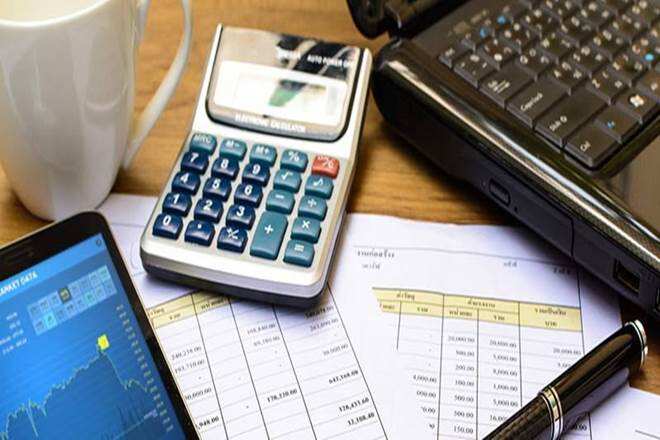GST Council meet highlights: From returns filing, to paying consumers Rs 100, top 5 points in brief
The GST Council met on Friday okayed a number of proposals and is also positively thinking about giving up to Rs 100 incentive for digital payments to consumers. Among the major decisions were clearance of a new model for single monthly returns and to turn GSTN into a government-owned entity. Here are the highlights:

1. In a big boost to businesses, all taxpayers excluding a few exceptions like composition dealers shall file one monthly GST return in place of multiple filings currently required. Monthly returns filing system will come into force in six months and the present system of filing of return through GSTR 3B and GSTR 1 forms would continue till then. A three phase transition to a simplified return regime -- a phased manner with GSTR1 and GSTR 3B continuing for six months, single return with possibility of provisional credit for another six months and only a single return with credits of only invoices uploaded by supplier thereafter -- would enable adequate bandwidth for both businesses and the GSTN.


3. Issue of incentivising digital payments was referred to a group of state finance ministers after some states wanted a negative list. Most member states on the panel were agreeable to the proposal of giving a concession of 2 per cent in GST rate (where the tax rate is 3 per cent or more) on business-to-consumer (B2C) supplies, for which payment is made through cheque or digital mode, subject to a ceiling of Rs 100 per transaction, so as to incentivise promotion of digital payments.

4. GST Council deferred a decision on levying a cess on sugar after opposition from some states. A separate group of ministers would go into the issue of levy of cess on sugar and reduction of GST on ethanol. While the cost of sugar production is over Rs 35 per kg, the market price is around Rs 26-28 a kg and this means cane growers are in deep distress and a proposal to levy a cess was made to help them.

5. GST Network (GSTN), the IT backbone of the new indirect tax regime, is to be turned into a 100 per cent government-owned company. FM Arun Jaitley said it was agreed that the 51 per cent equity held by private entities should be taken over by the government. Eventually, the central government will hold 50 per cent and state governments (together) will hold 50 per cent. The GSTN currently is 24.5 per cent owned by the central government and a similar percentage is held by state governments collectively. The remaining 51 per cent is with five private financial institutions - HDFC Ltd, HDFC Bank, ICICI Bank, NSE Strategic Investment Co and LIC Housing Finance.




